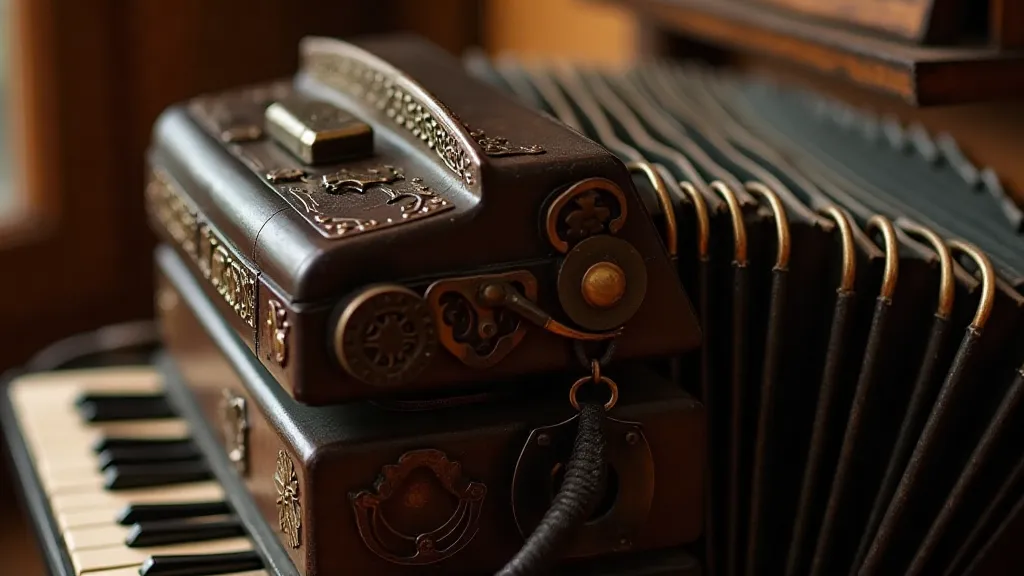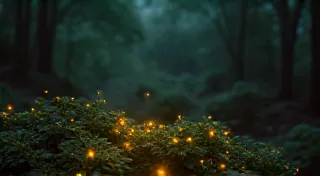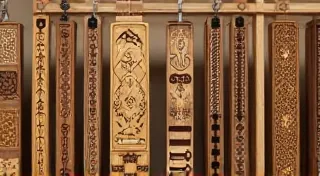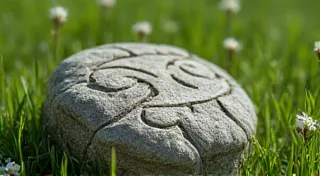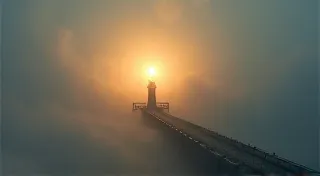The Constellation of Connections: Networking with Fellow Ham Radio Enthusiasts
The crackle of a radio, the hum of electrons dancing across a circuit – for many, it’s a purely technical pursuit. Building a ham radio transceiver, for instance, can feel like a solitary endeavor, a focused dive into the fascinating world of radio communication. Yet, the true magic of amateur radio isn't just in the building, but in the connecting – in the constellation of relationships built around shared passion and the joyful exploration of invisible frequencies.
I think of it sometimes, thinking of my grandfather’s antique accordion. It wasn’s just an instrument; it was a portal to a community of musicians, a testament to generations of skilled craftspeople, and a tangible link to a bygone era. The bellows, the intricate keys, the warm, resonant tone – each detail spoke of dedication and artistry. He rarely played it alone; it was meant to be shared, to bring joy and connection to those around him. Amateur radio, I’ve found, is remarkably similar. It’s a pursuit that rewards both technical skill and a willingness to engage with others – and the intangible rewards can be profound, a journey that stretches far beyond the signal itself, as described in Beyond the Signal: The Intangible Rewards of Building Your Own Transceiver.
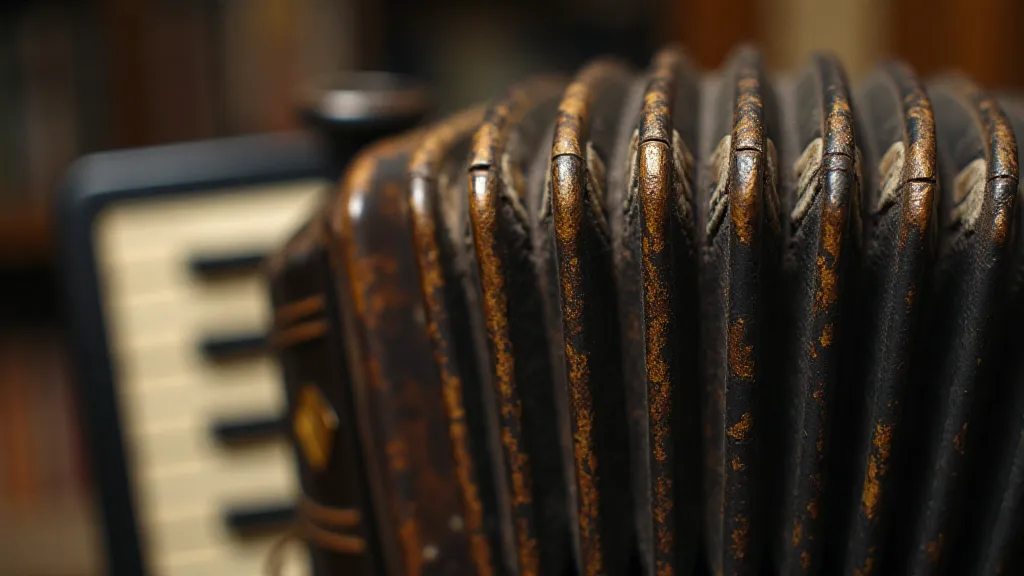
Beyond the Bench: Why Community Matters
Building a simple ham radio transceiver – the satisfaction of seeing your creation come to life – is an incredible achievement. But consider this: the journey is often enriched tenfold when shared. Think about the frustration of troubleshooting a complex circuit. How much easier would it be to have a seasoned ham radio operator offer guidance, point you towards a common mistake, or simply offer encouragement? The amateur radio community thrives on this mutual support. We're a diverse group – retired engineers, students, hobbyists, and everyone in between – but united by a shared love of radio.
Early on, I felt a bit overwhelmed. The technical jargon felt impenetrable, the frequencies seemed chaotic. I spent countless hours pouring over schematics and datasheets, often feeling isolated in my endeavors. Then, I stumbled upon a local ham radio club. Suddenly, those daunting schematics became manageable with the explanations of patient, experienced hams. I learned about antenna theory, propagation patterns, and the etiquette of the airwaves—things no textbook could truly convey. And as I began to understand the nuances of radio wave behavior, I came to appreciate the subtle art of Beyond Distance: The Art of Weak Signal Propagation.
Your first step to connecting is likely a local ham radio club. Most areas have one, and they range in size and focus. Some are intensely competitive, focused on contesting and achieving records. Others are more relaxed, providing opportunities for learning, socializing, and shared projects. Websites like ARRL (American Radio Relay League) often list local clubs and organizations. Don't be intimidated if you're a beginner. These clubs are designed to welcome newcomers.
Beyond local clubs, there's a thriving online community. Forums, mailing lists, and social media groups provide platforms for asking questions, sharing experiences, and collaborating on projects. The digital world has dramatically expanded the reach of amateur radio, allowing you to connect with hams from around the globe. Be mindful of etiquette – the same respect and courtesy you’d extend in person applies online. The benefits extend beyond simple troubleshooting; sharing experiences and project designs often leads to a deeper understanding of complex systems. Building a radio isn’t just about understanding individual components; it’s about appreciating the elegance of modular design, a principle that informs everything from antenna construction to the intricate workings of a modern transceiver. For a deeper look into the architectural considerations behind a well-built system, explore The Silent Symphony of Subsystems: Modular Design in Transceiver Construction.
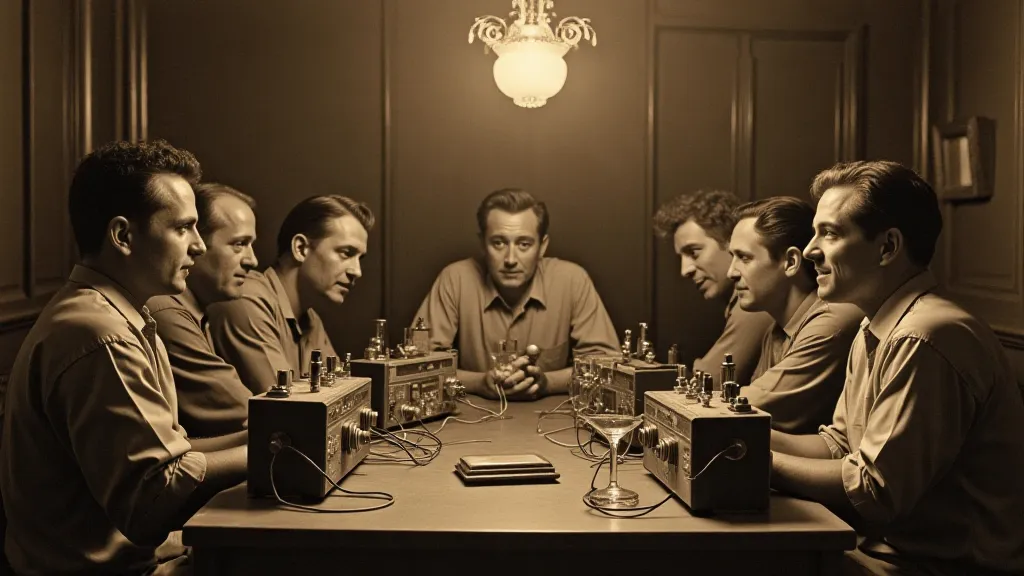
Contesting might not be for everyone, but it’s a fantastic way to test your skills, learn about different operating modes, and connect with hams who share your competitive spirit. Contests involve trying to contact as many other stations as possible within a given time period, earning points for each contact. Don't worry about winning! The focus is on learning, improving your operating techniques, and enjoying the challenge. Many contests have categories for beginners, allowing you to participate without feeling overwhelmed.
I remember my first contest. I was terrified. Surrounded by seasoned veterans with elaborate setups, I felt like a small boat caught in a storm. But the atmosphere was surprisingly supportive. Hams were eager to offer advice, share tips, and cheer me on. Even though I didn't win, the experience was incredibly rewarding. I learned a great deal about operating efficiently and managing my equipment under pressure. Beyond the immediate technical skills learned, contesting often unveils the incredible resilience of radio signals and the creativity applied to overcome propagation challenges.
Finding a mentor can significantly accelerate your learning journey. A mentor is an experienced ham who is willing to share their knowledge and experience with you. They can provide guidance on building equipment, operating techniques, and navigating the complexities of amateur radio. Don’t be afraid to reach out to someone you admire. Most hams are incredibly generous with their time and expertise. A mentor can offer insights you simply won’t find in any manual or online forum.
My own mentor, a retired electrical engineer named George, proved invaluable. He patiently answered my endless questions, provided constructive criticism on my projects, and helped me understand the underlying principles of radio communication. He instilled in me a deep appreciation for the art and science of amateur radio. He emphasized that amateur radio is more than just about circuits and frequencies; it’s about a shared history of innovation and a commitment to helping others. Consider, too, that as you grow in experience, you can become a mentor to someone else, passing on the tradition of generosity and collaboration that defines our community.
Building a simple ham radio transceiver isn't just about soldering components and understanding circuit diagrams. It’s about becoming part of a rich and vibrant community, a legacy of innovation and collaboration. It’s about sharing your passion with others, learning from their experiences, and contributing to a network of connections that spans continents and transcends generations. The crackle of the radio isn’t just static; it's the sound of friendship, of shared knowledge, and of a community bound together by a love of radio. It’s a constellation of connections, waiting for you to join. And the memories forged, the knowledge shared, and the friendships cultivated – these are the enduring legacies of our passion, echoing the same sentiments that resonate in the pursuit of understanding humanity's connection to the radio spectrum, as captured in Static and Stories: Listening for Humanity in the Radio Spectrum.
